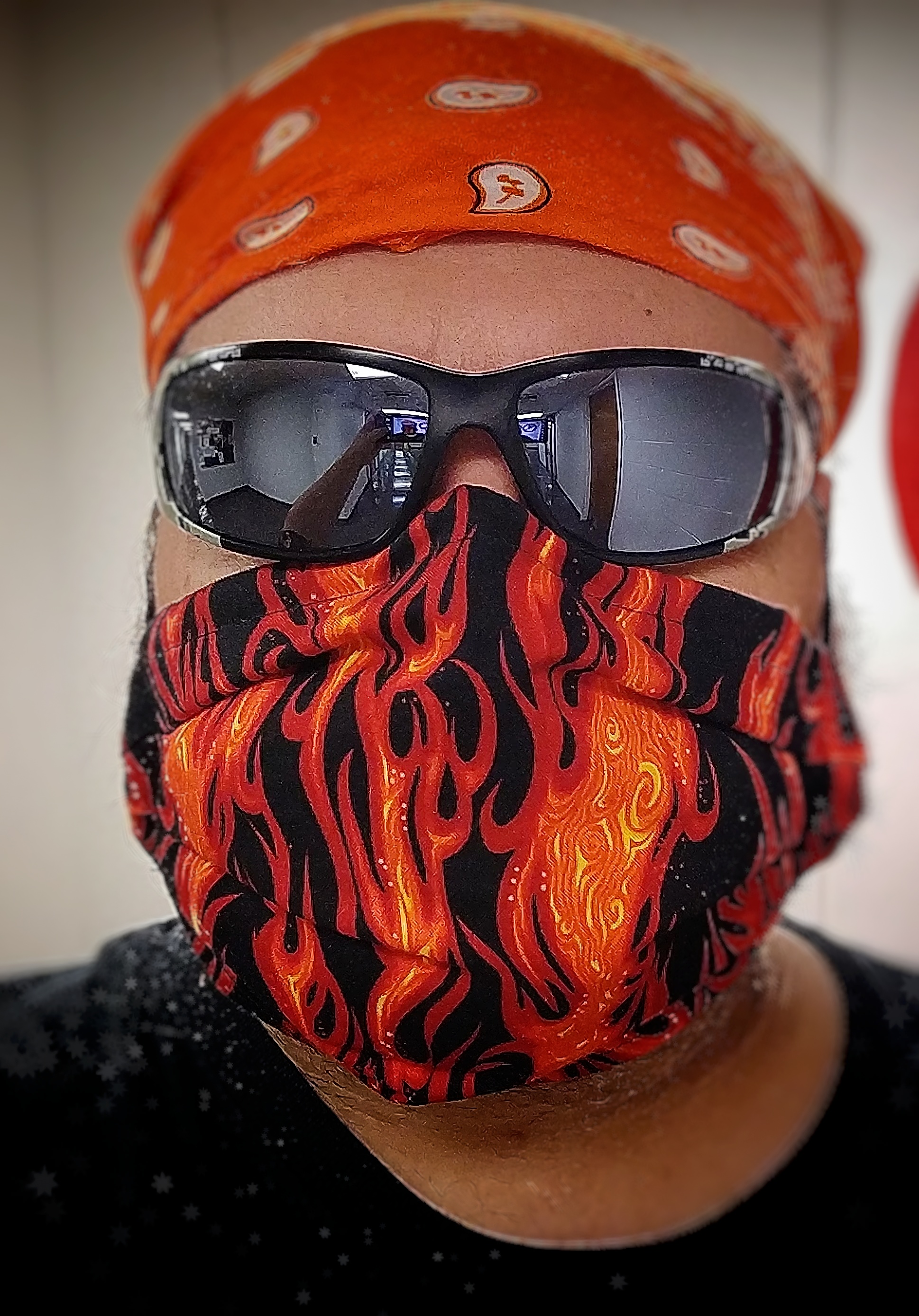You could source a pair of gigabit media converters and a length of fiber on Amazon for about $100. Just use the media converters to extend the Ethernet port from where the Internet hands off in your house over to your office. You can affix the fiber along baseboards and up over door frames with adhesive cleats and zip ties, or those nylon staples on a nail they use to tack down coax cable.
If you’re willing to spend a little more on the fiber for a custom color, you can probably even order the fiber in a more neutral color than SMF yellow to blend into the trim better.










It’ll be remembered a dark age when the lights go out and all the disks rot. And, if I know archaeologists, they’ll call our data centers ritual centers or temples.
Otherwise there will be disbelief at the inexplicably sophisticated engineering, and how we could have achieved it all with no written records. Probably it was all just ancient aliens.